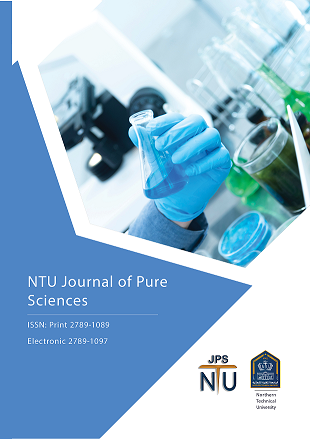Effects of Two Types of Statins in Lipid Profile of Ovarictomized Female Rats
DOI:
https://doi.org/10.56286/ntujps.v2i2.463Keywords:
Lipid profile, Hyperlipidemia Ovariectomy,Rosuvastatin,Simvastatin.Abstract
Abstract
Statins are the most important drugs that used widely in reducing cholesterol and lipids related with cholesterol and vascular heart diseases prevention, through HMG-Coenzyme reductase inhibition. Statins classified into two types: hydrophilic and lipophilic. The current study was carried out to clarify whether simvastatin or rousvastatin the better in serum lipid profile of ovariectomized female rats which used as a model for postmenopausal women who has hyperlipidemia, since menopause a physiological stage characterized by estrogen deficiency and ovaries function loss and related with some diseases of metabolism as the type-2 of diabetes mellitus, lipid metabolism disturbance, metabolic syndrome and increased risk of heart diseases. Twenty four adult female rats aged(2.5-3) month and weight(220-250) gm were grouped into four groups(6/group): control group (sham): without ovariectomy, ovariectomized(ovx) group, ovariectomized(ovx) rats that administrated by 20 mg/kg/day(orally) with rousvastatin and ovariectomized(ovx) rats that administrated by 20 mg/kg/day(orally) with simvastatin. After experiment period 60 day. Samples of blood were drawn in order to estimate lipid profile. The results were showed that ovariectomy operation caused a significant elevation in total cholesterol, triglyceride, low density lipoprotein-cholesterol (LDL-C), very low density lipoprotein-cholesterol (VLDL-C), non-HDL-C, and decrease in high density lipoprotein-cholesterol (HDL-C), but treatment with rousvastatin caused a greater reduction in serum total cholesterol and also in LDL-C than simvastatin, however, simvastatin showed a greater drooping in serum triglycerides, VLDL-C and also non-HDL-C. We concluded that there are differences in activity between simvastatin and rosuvastatin in lipid profile and the rosuvastatin has the effectiveness in total cholesterol and LDL-C reduction.
Downloads
Downloads
Published
Issue
Section
License
The journal applies the license of CC BY (a Creative Commons Attribution 4.0 International license). This license allows authors to keep ownership of the copyright of their papers. But this license permits any user to download, print out, extract, reuse, archive, and distribute the article, so long as appropriate credit is given to the authors and the source of the work. The license ensures that the article will be available as widely as possible and that the article can be included in any scientific archive. Creative Commons License This work is licensed under a Creative Commons Attribution 4.0 International License.





